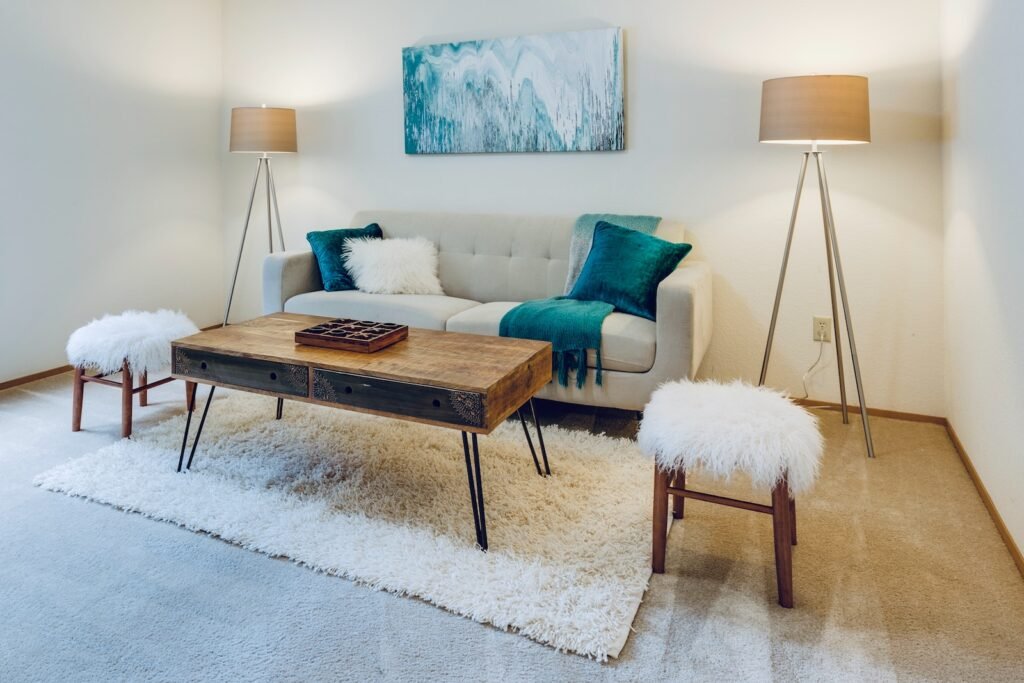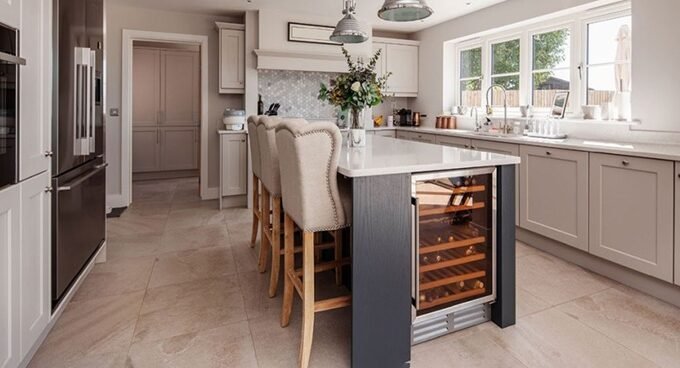
The Art of Home Staging: Transforming Properties for Sale
When it comes to selling a home, first impressions are everything. That’s where the art of home staging comes into play. Home staging is the strategic process of preparing a property for sale by highlighting its best features and creating a welcoming atmosphere that appeals to potential buyers. This article will delve into the principles of home staging and its profound impact on real estate sales. It will also discuss how, when you study interior design, you learn about staging techniques to enhance property marketability and appeal to potential buyers.
Table of Contents
ToggleUnderstanding the Principles of Home Staging
Effective home staging revolves around a few key principles:
Decluttering and Depersonalizing: One of the fundamental principles of home staging is to declutter and depersonalize the space. This involves removing personal items, excess furniture, and clutter to create a clean, open environment that allows potential buyers to envision themselves living in the space.
Highlighting Key Features: Home staging aims to showcase the best features of a property. Whether it’s a stunning fireplace, beautiful hardwood floors, or expansive windows with breathtaking views, staging techniques are used to draw attention to these highlights and make them stand out to potential buyers.
Creating a Neutral Palette: Neutral colors and decor are often used in home staging to appeal to various tastes. By keeping the palette simple and timeless, staging professionals can create a blank canvas, allowing buyers to imagine adding their personal touches to the space.
Maximizing Space: Another important principle of home staging is to maximize the perceived space in a home. This may involve rearranging furniture to create better flow, removing bulky items that make rooms feel cramped, and strategically placing mirrors to reflect light and make rooms appear larger.
Enhancing Curb Appeal: A home’s exterior is just as important as the interior when it comes to making a good impression on potential buyers. Home staging often includes enhancing curb appeal by tidying up the landscaping, adding fresh mulch and flowers, and making any necessary repairs to the exterior of the home.
The Impact of Home Staging on Real Estate Sales
The impact of home staging on real estate sales cannot be overstated. Studies have shown that staged homes sell faster and for a higher price compared to non-staged homes. By presenting a property in its best possible light, home staging creates an emotional connection with potential buyers and helps them envision themselves living in the space. This emotional connection can lead to quicker sales and better offers.
In addition to faster sales and higher prices, home staging can also reduce the amount of time a property spends on the market. By making a home more attractive to potential buyers, staging decreases the likelihood of price reductions and ultimately leads to a smoother sales process for both buyers and sellers.
Staged homes often stand out in online listings and marketing materials. In today’s digital age, where the majority of home buyers begin their search online, eye-catching photos and virtual tours are essential for generating interest in a property. Staged homes are more likely to grab the attention of online browsers, leading to more inquiries, showings, and, ultimately, offers.
Furthermore, the impact of home staging extends beyond just the sale of a property. Staged homes often leave a lasting impression on potential buyers, leading to positive word-of-mouth referrals and repeat business for real estate agents. Additionally, staging can increase the perceived value of a neighborhood or community, as well-kept properties contribute to a sense of pride and desirability among residents.
Interior Design Courses and Staging Techniques
Many interior design courses now offer specialized training in home staging techniques. When aspiring designers study interior design, they are armed with the skills and knowledge needed to transform properties and maximize their marketability. From learning how to create a cohesive color scheme to mastering the art of furniture arrangement, students gain hands-on experience in all aspects of home staging.
By incorporating staging techniques into their design skill set, interior designers can offer an additional service to their clients and increase their earning potential in the competitive real estate market. Whether working with homeowners looking to sell their property or real estate agents looking to attract more buyers, the ability to stage a home effectively is a valuable skill that sets designers apart in the industry.
The Bottom Line
In conclusion, the art of home staging is a powerful tool in the world of real estate. By applying principles such as decluttering, highlighting key features, and enhancing curb appeal, staging professionals can transform properties and make them more attractive to potential buyers. With the help of interior design courses that offer training in staging techniques, designers can further hone their skills and take their careers to new heights. Whether you’re selling your own home or working in the real estate industry, mastering the art of home staging can make all the difference in achieving a successful sale.






